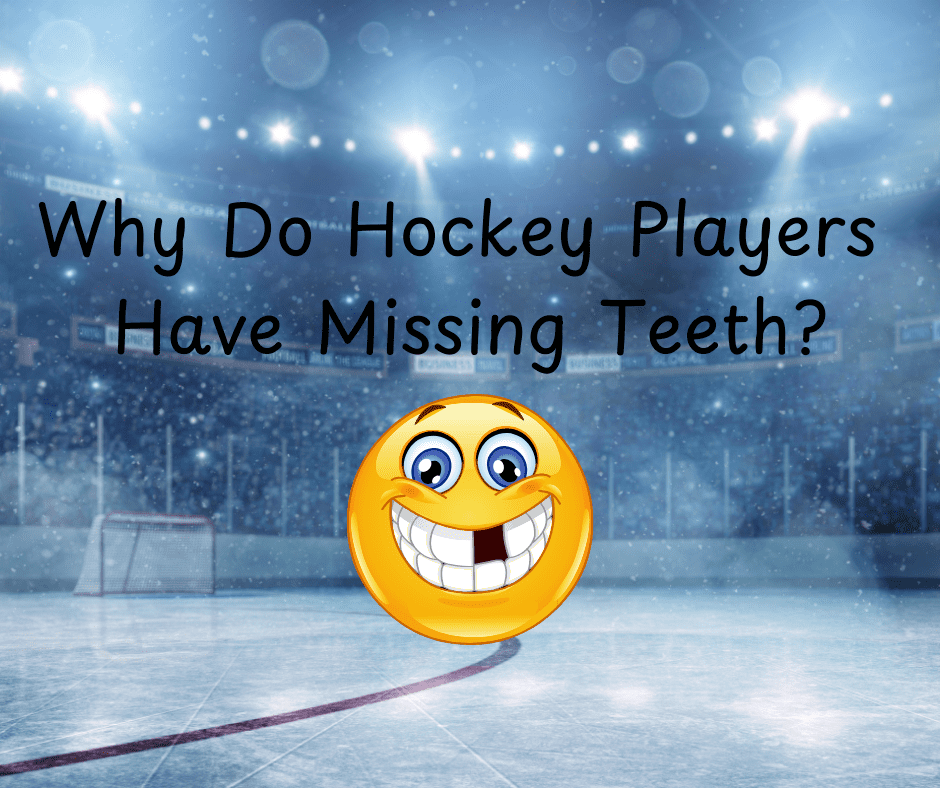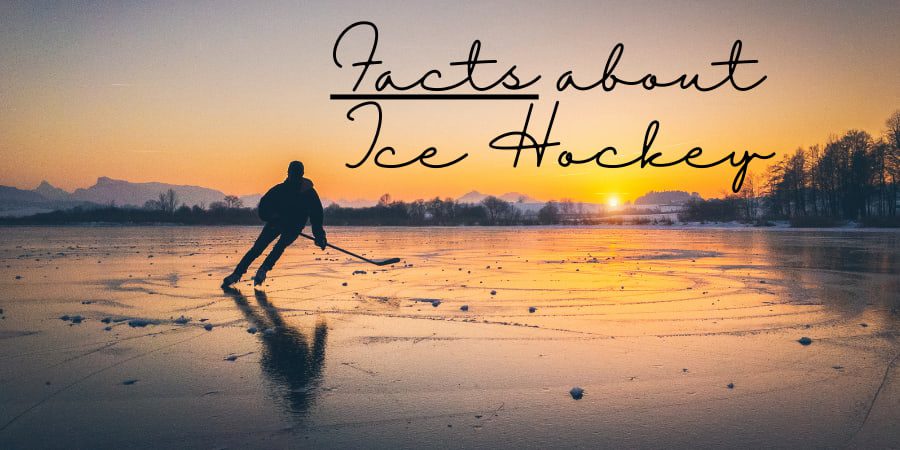Awe…the teeth-chattering world of hockey and how to protect those pearly whites. We explore why our favorite players often flash smiles with gaps that would make a dentist wince. Spoiler alert: it’s not just about looking tough, though that certainly plays a part!
The Historical Context: When Hockey Was a Dentist’s Nightmare
Back in the day, hockey was a rugged, no-holds-barred sport where players donned minimal protective gear. Helmets? Rare. Mouthguards? Non-existent. This bare-knuckle approach to the game meant that collisions, high sticks, and stray pucks often resulted in players parting ways with their pearly whites.
In the early 20th century, hockey was more about grit and less about safety. Players like Eddie Shore and Maurice “Rocket” Richard became legends not just for their skills but also for their ability to withstand brutal hits and still skate on. Missing teeth became a badge of honor, a testament to a player’s toughness and dedication to the game IceHockeyCentral.com.
The Turning Point: When Hockey Got Even More Physical
As the sport evolved, so did its intensity and even the speed. The 1970s brought a new era of physical play, with enforcers like Dave “Tiger” Williams and Bob Probert making their mark (often literally) on the ice.
These players were not only skilled but also known for their willingness to drop the gloves and engage in fisticuffs to protect their teammates. This era saw an increase in the number of fights, checks, and, consequently, dental injuries (Ice Hockey Central) (Big Shot Hockey) .
The lack of protective gear, combined with the aggressive style of play, meant that losing a tooth or two was almost a rite of passage. Players accepted it as part of the game, and fans cheered their resilience. One of my favs – Bobby Clarke of the Philadelphia Flyers!
Modern Hockey: Safer Yet Still Rugged
Hockey players frequently lose teeth because of high-speed impacts, wayward pucks, and the ubiquitous hockey stick – ouch!
During fast-paced collisions, elbows, shoulders, or helmets often hit players’ faces. Pucks, which can travel up to 100 mph, pose a considerable risk, while hockey sticks, used for both puck handling and delivering powerful checks, further increase the likelihood of dental injuries.
These factors collectively make tooth loss still a common occurrence in the sport, more so in the professional leagues that lack the full face cage and where fights are more acceptable.
Fast forward to today and in the youth Hockey, and you’ll notice that while the game remains physical, there’s a stronger emphasis on player safety. Helmets are mandatory, and most players under 18 must now wear full-face shields or full clear visors. Mouthguards have become a mandatory piece of equipment, significantly reducing the risk of dental injuries and its a good chew toy when on the bench.
Despite these advancements, it is hockey, and accidents happen. Even with the best protective gear, the speed and intensity of the game can lead to unexpected collisions and flying pucks. But modern players are more protected than their predecessors, and the number of dental injuries has significantly decreased (Ice Hockey Central) (Big Shot Hockey) .
Protective Gear for Hockey Teeth and Brains!
- Wear a Mouthguard: This is non-negotiable. Mouthguards are designed to absorb and distribute the impact of a blow, significantly reducing the risk of dental injuries. Custom-fitted mouthguards are the best option for comfort and protection. They are also serve another purpose to prevent clenching of the jaw and preventing concussions! According to the British Journal of Medicine, “Players who reported wearing a mouthguard had a 28% lower concussion rate”. How? According to Sportssafe.com: Mouthguards are theorized to help prevent or lessen the severity of concussions by absorbing impact energy and altering jaw position. They can absorb some of the force from facial impacts and create a gap between the jaw and skull when worn correctly, potentially reducing the transmission of force to the skull and activating neck muscles to diminish head acceleration.
- Use a Full-Face Shield or Visor: While some leagues require full-face shields, visors are a good compromise for older players who prefer more visibility. These shields protect not just the teeth but also the entire face from high sticks and pucks.
- Regular Dental Check-ups: Regular visits to the dentist can help identify and address any dental issues before they become serious. Make sure your dentist knows about your hockey activities so they can provide the best advice and care.
- Education and Awareness: Teach young players about the importance of wearing their protective gear properly. Coaches and parents should emphasize safety and ensure that all equipment fits correctly and is worn consistently. I have seen many a Hockey Mom yelling through the glass to stop chewing on the mouth guard and put it in their mouth correctly. Especially after paying for braces! Implants are even worse!
- Rule Enforcement: Support and advocate for strict enforcement of rules against high sticks, illegal checks, and other dangerous plays. A safer game benefits everyone involved.
Real-Life Tooth Tales: How Hockey Players Really Lost Their Teeth
Bobby Clarke
Bobby Clarke, a Philadelphia Flyers legend, is perhaps the most famous and favorite example. He lost his front teeth early in his career and played without them for the rest of his time on the ice. Clarke’s gap-toothed smile became iconic and symbolized the tough, gritty nature of hockey during his era. (Ice Hockey Central) .
Duncan Keith
In 2010, Chicago Blackhawks defenseman Duncan Keith lost seven teeth in a single game during the Western Conference Finals against the San Jose Sharks. He took a puck to the mouth after blocking a shot, but true to hockey form, he returned to the game after receiving quick dental work. (Ice Hockey Central) (Big Shot Hockey) .
Brent Burns
San Jose Sharks’ Brent Burns lost three of his teeth naturally at the age of 16. The rest were knocked out during his hockey career. Burns embraced his toothless look, which has become part of his rugged persona on the ice. (Ice Hockey Central) (International Hockey)
Keith Tkachuk
Keith Tkachuk, known for his physical style of play, had numerous dental injuries throughout his career. One notable incident involved a puck hitting him in the face, shattering his upper jaw and causing several teeth to fall out. Despite these injuries, Tkachuk continued to play, embodying the toughness expected in hockey. (Ice Hockey Central) (Big Shot Hockey) .
Chris Pronger
Former NHL defenseman Chris Pronger lost several teeth over his career due to various on-ice incidents. Pronger even required surgery to repair his jaw after a particularly severe hit. His resilience and ability to return to play after such injuries are a testament to his toughness and dedication. (Ice Hockey Central) (HockeyScene) .
Drew Doughty
Los Angeles Kings defenseman Drew Doughty lost his front teeth in a collision during a game against the Boston Bruins in 2017. Doughty took an elbow to the mouth, which resulted in his toothless grin that he proudly displayed to the cameras. Despite the injury, Doughty continued to play, showcasing the resilience typical of hockey players. (Ice Hockey Central) (HockeyScene) .



